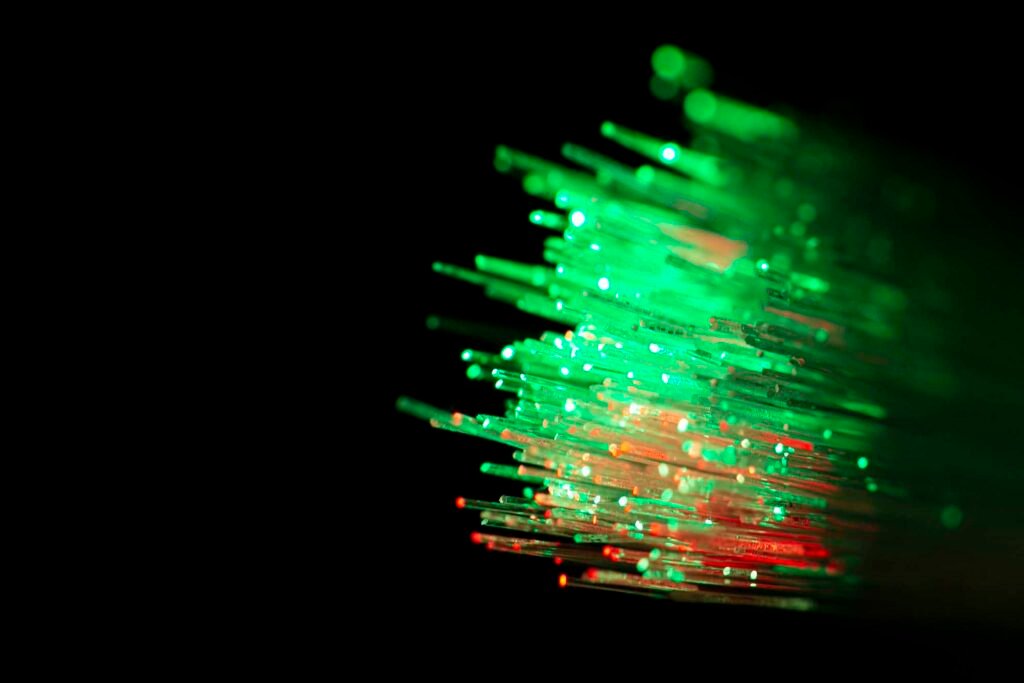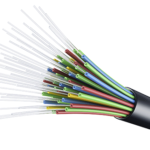Description: This article delves into the key advantages of fiber optic cabling compared to traditional copper cabling, highlighting its superior performance and versatility in modern communication networks.
Fiber Optics
One of the most significant advantages of fiber optic cabling over copper cabling is its ability to transmit data over much longer distances without experiencing significant signal degradation. This is due to the lower attenuation rate of fiber optics, meaning that light signals can travel through the cable for longer distances without losing strength. This is especially important for applications that require long-distance data transmission, such as connecting remote locations or spanning large geographical areas.
In contrast, copper cables are more prone to signal attenuation, particularly over long distances. This can result in slower data transfer speeds, increased error rates, and the need for more frequent signal amplification or regeneration.

Here are some other key advantages of fiber optic cabling:
Higher Bandwidth: Fiber optic cables can transmit data at much higher speeds than copper cables. This is because they can carry more information per unit of time. This makes them ideal for applications that require large amounts of data transfer, such as video streaming, online gaming, and cloud computing.
Immunity to Electromagnetic Interference: Fiber optic cables are not susceptible to electromagnetic interference (EMI), which can cause noise and errors in copper-based systems. This is because light signals are not affected by electromagnetic fields. This makes fiber optic cables more reliable and less prone to errors.
Security: Fiber optic cables are more secure than copper cables. This is because it is more difficult to tap into a fiber optic cable without being detected. This makes them ideal for transmitting sensitive data, such as financial information or medical records.
Flexibility: Fiber optic cables are more flexible than copper cables, making them easier to install and route. This is especially important in tight spaces or complex environments.
Durability: Fiber optic cables are more durable than copper cables. They are less likely to be damaged by physical stress or environmental factors.
Environmental Friendliness: Fiber optic cables are more environmentally friendly than copper cables. They are made from materials that are less harmful to the environment.
In conclusion, fiber optic cabling offers a number of significant advantages over copper cabling. These advantages make it the preferred choice for many modern communication applications. As technology continues to advance, fiber optic cables will likely play an even more important role in our world.

